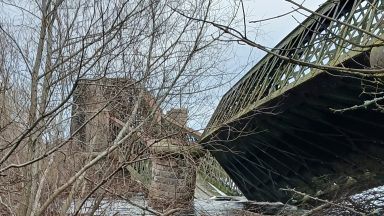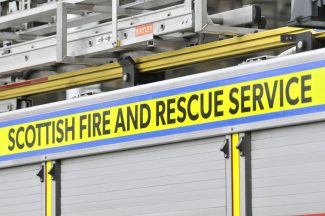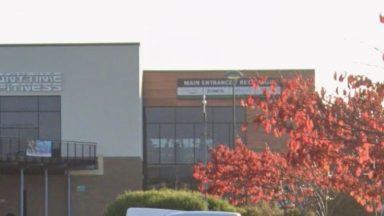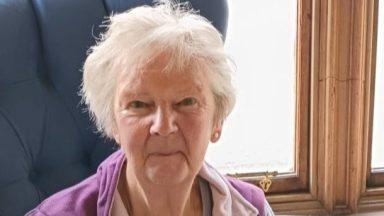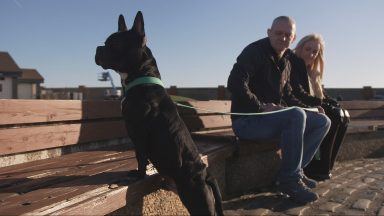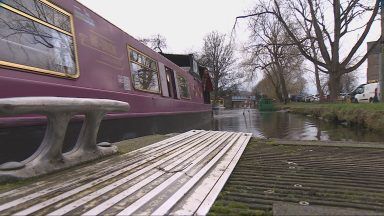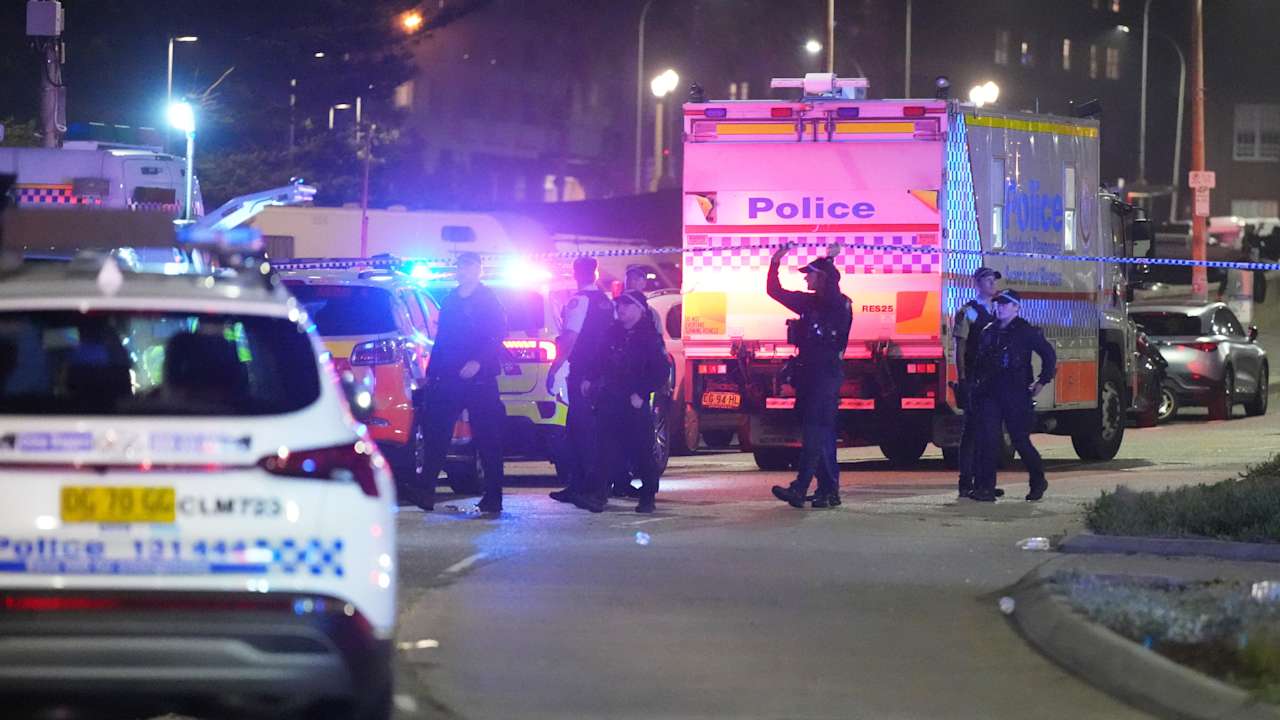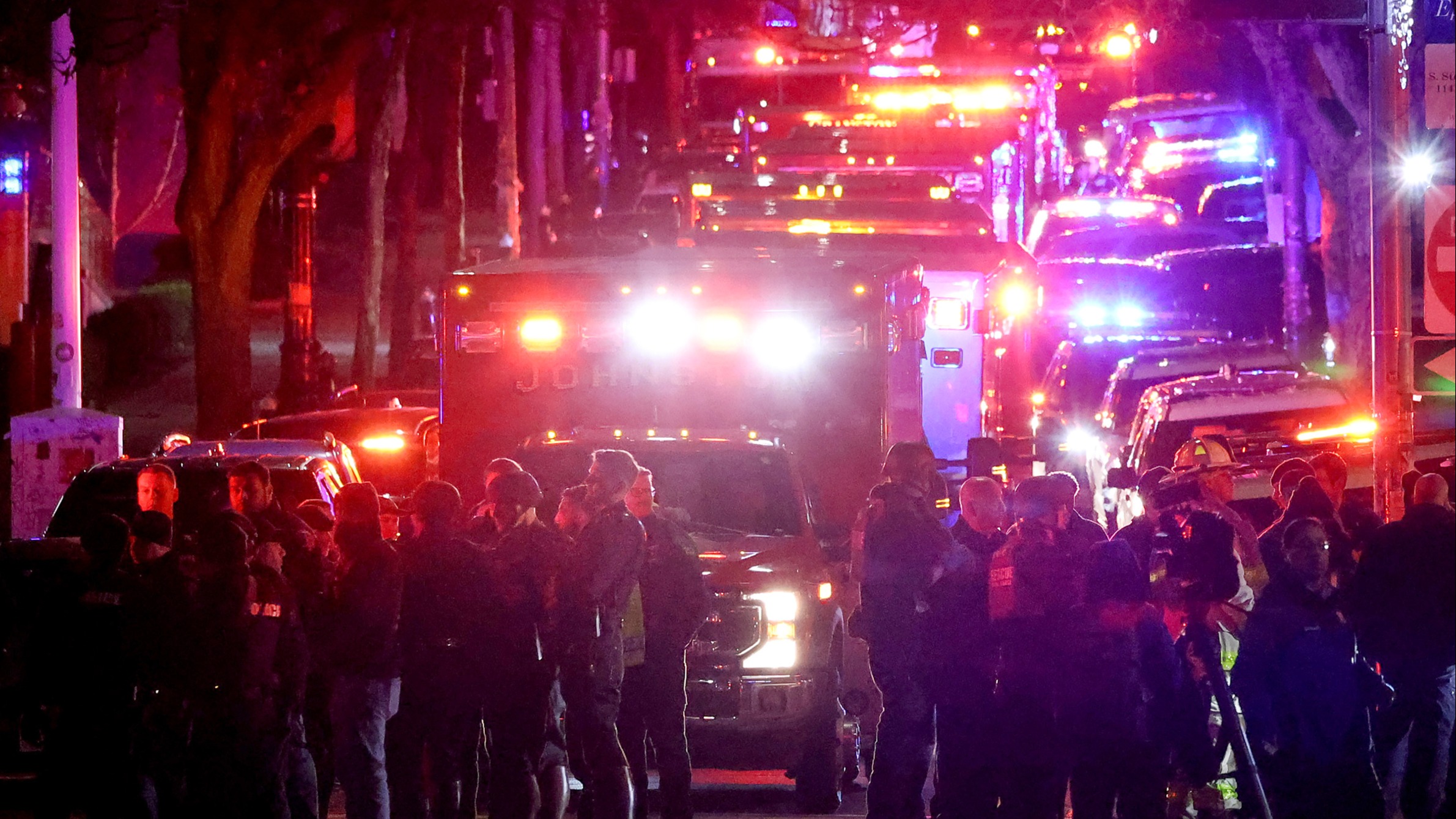A bid to attach eight mobile phone antennae to the top of a historic Edinburgh church spire has been thrown out after over 100 objections.
Council planners said Mayfield Salisbury Church was an “important city landmark” in the city’s southside and the installation of telecommunications equipment would have a significant negative impact on the B-listed building.
Local residents railed against the “ugly and incongruous” additions to the Victorian steeple, with many concerned about “potential health risks” of exposure to 5G radiation, particularly for children at Newington Nursery based in the church.
Experts say there is a lack of evidence to justify claims that it is harmful, however.
England-based applicants Cornerstone already has mobile transmitters on the inside of the 47-metre tall spire – which is within a conservation area and visible from Arthur’s Seat – and proposed moving them to the outside “at high level”.
They said the eight antennae would be wrapped in plastic “to match stonework,” adding the parish church was “the most suitable site” for the upgraded equipment.
One of the 124 objections sent to the council in response to the plans said: “The proposed eight antennae will be obtrusive, ugly and incongruous with the Church Steeple and with the surrounding character, appearance and visual amenity of the neighbourhood.”
Another wrote that 5G masts are “monstrosities in a conservation area,” adding: “They are eyesores already all around the city. The aerials on the church will just look awful.”
The Architectural Heritage Society of Scotland also objected and said: “The proposal is to externally mount two antennas to each face of the tower.
“Due to its height, the spire is visible from Blackford Hill, Arthurs Seat and throughout the conservation area. These eight new antennas would have a detrimental impact on the listed building, as well as the wider conservation area.”
Many objectors expressed fears about the potential harms of residents nearby and children attending nursery at the church being exposed to 5G radiation.
“There are a number of questions about potential health risks associated with 5G masts, especially concerning children,” one wrote.
Another said: “We have no long-term data on the effects of these masts but there is evidence that they emit higher levels of radiation than the safely label. This could pose a grave danger to our children’s health.”
Whilst 5G is still relatively new technology, any risks associated with exposure to it have been disputed by experts including the International Commission on Non-Ionizing Radiation Protection (ICNIRP) – which sets guidelines for safe frequency levels of radio wave transmission – and the Scottish Government, which supports the view it is “unlikely to be associated with adverse health effects in either adults or children”.
Edinburgh Council refused the application and said: “The addition of apparatus on the external surfaces, whilst arguably small in relation to the scale of the spire, would impact greatly on the architectural integrity of the structure, both in terms of obscuring detail, and in terms of impact on the iconic profile of the stone spire.
“The works would have a negative impact on the character of the listed building
“The spire is an important city landmark and is highly visible over a wide area. Although the additions are small in relation to the scale of the spire, the integrity of the spire is very important.”
The applicant now has the option to appeal the decision and has three months to do so.
Follow STV News on WhatsApp
Scan the QR code on your mobile device for all the latest news from around the country


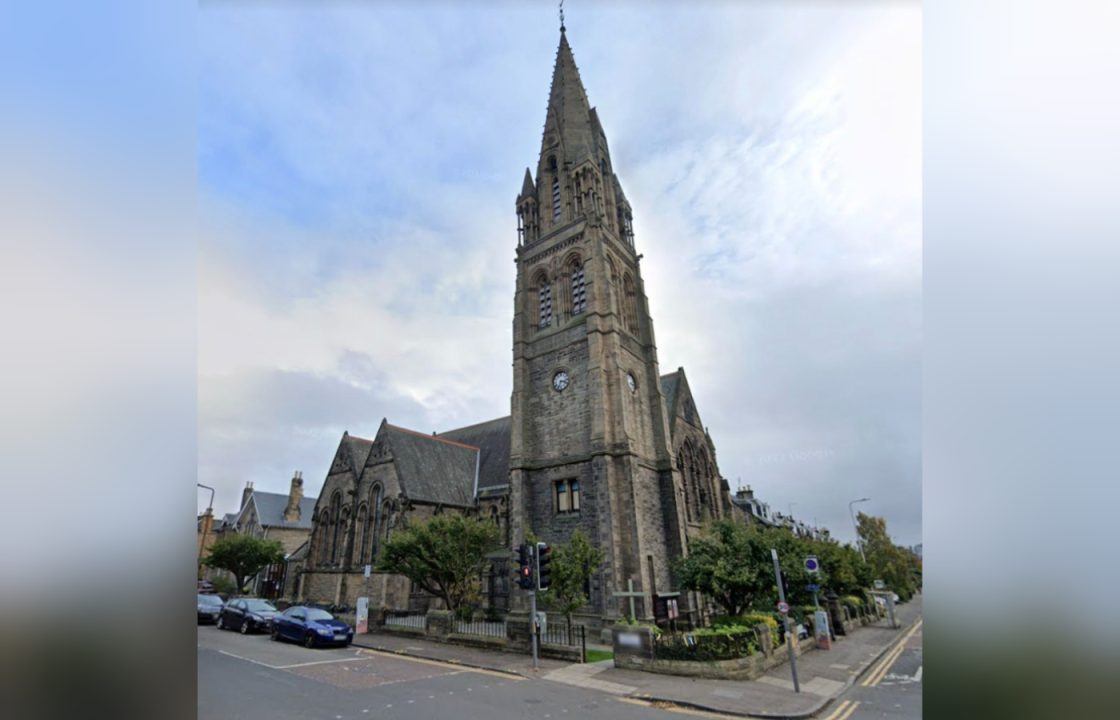 LDRS
LDRS



